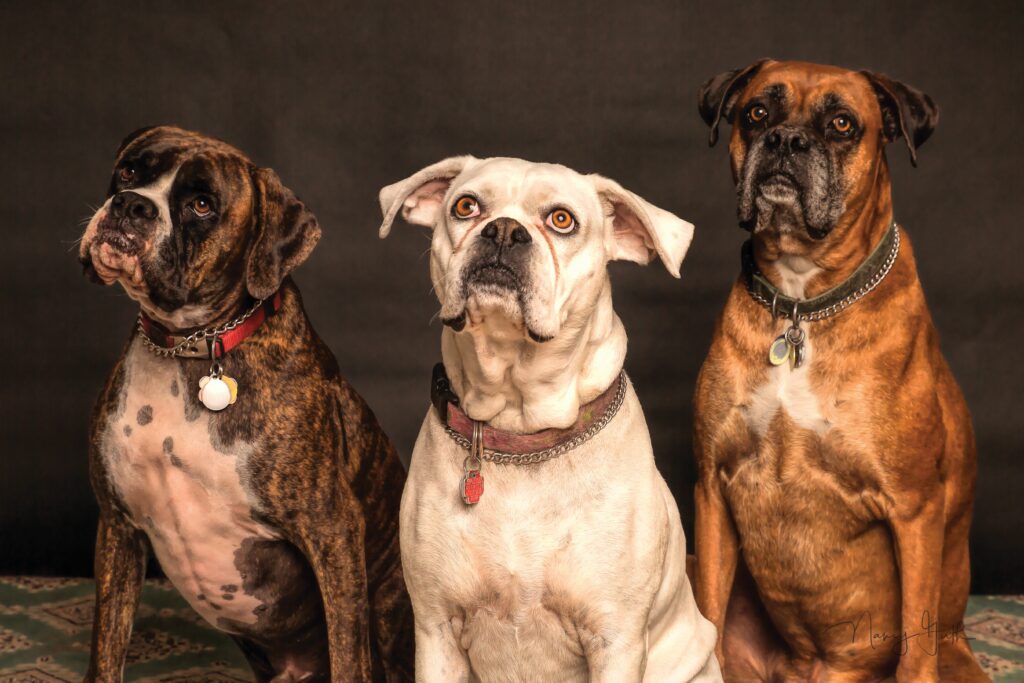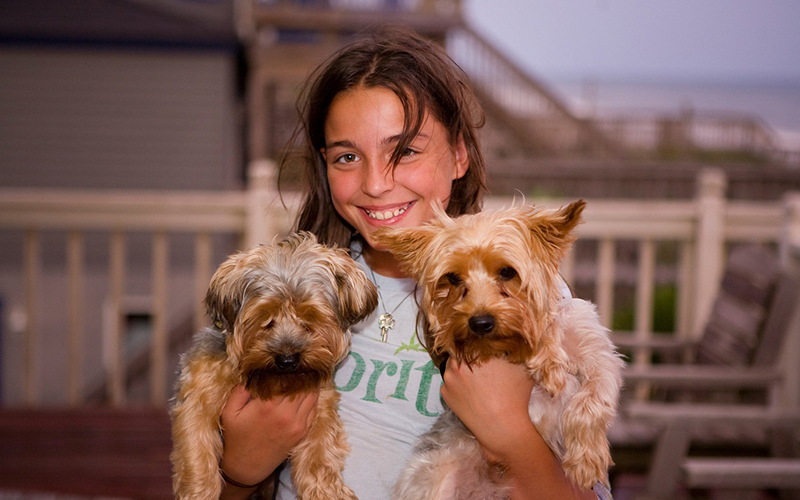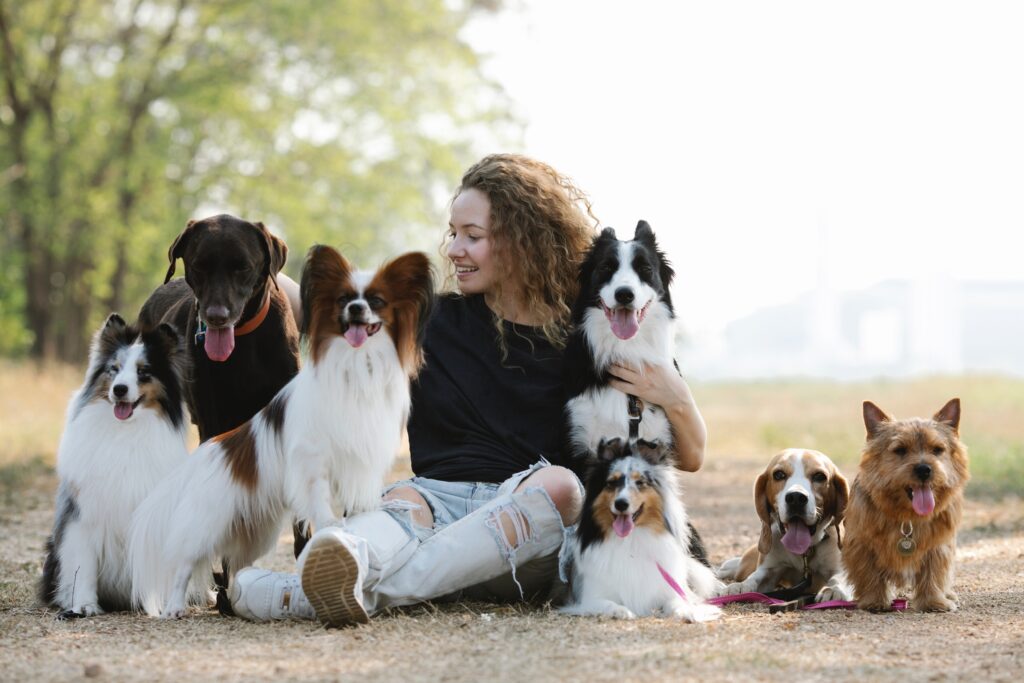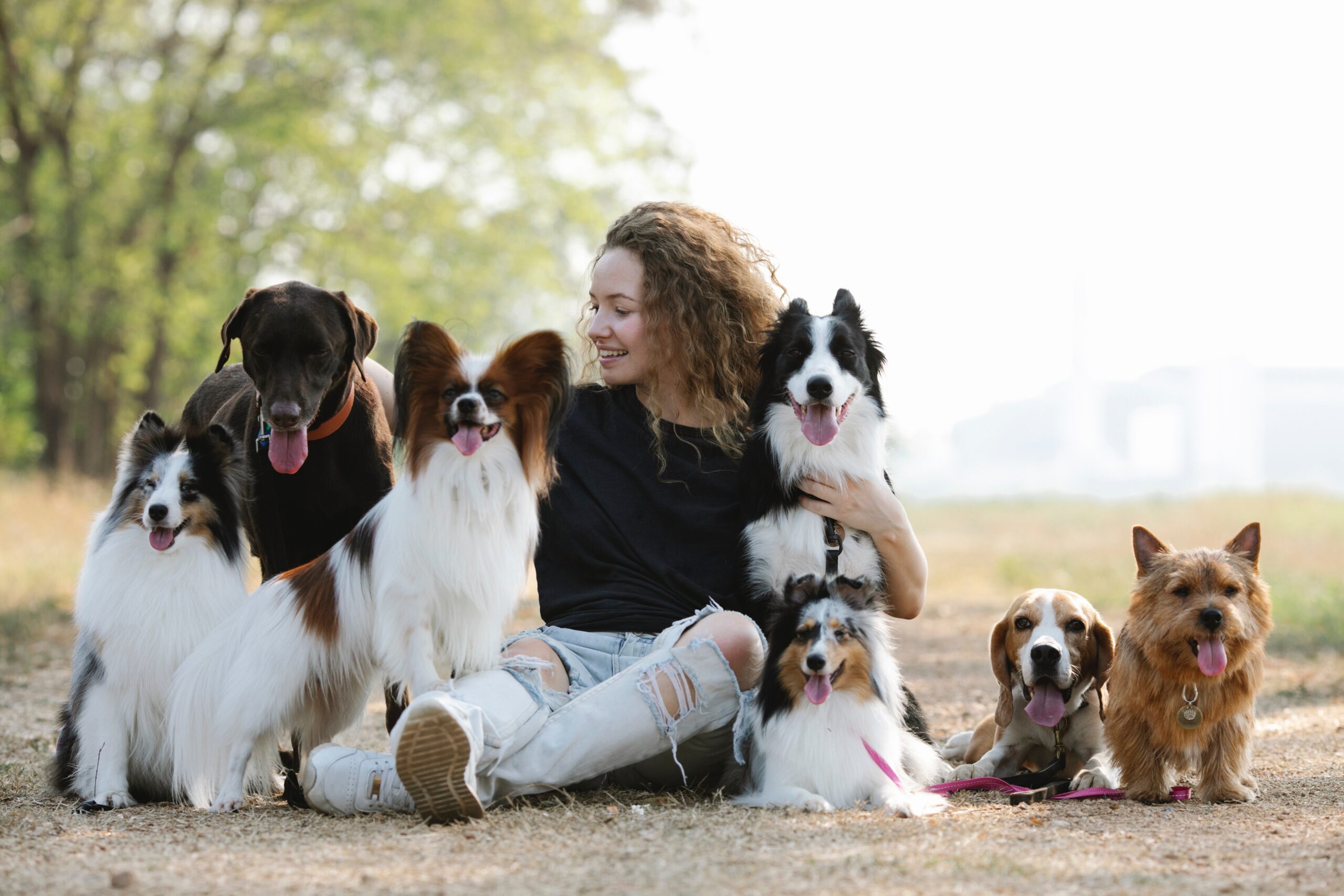Welcome to a journey of discovery. This is a guide to understanding the diversity of dog breeds, from retrievers to toy poodles. We will explore the history, traits and characteristics of each breed, enabling you to create an informed decision when selecting a canine companion. Along the way, we will also discuss the different types of care and attention that each breed requires, ensuring you can make the most appropriate decisions for your lifestyle. So, grab a cup of coffee, settle down and let’s begin our exploration of the wonderful world of canine diversity.
Uncovering the Unique Traits of Different Dog Breeds: How Retrievers, Toy Poodles and More Differ
Dogs come in all shapes, sizes and personalities. From the loyal Labrador Retriever to the playful Toy Poodle, each breed has its own unique traits. Here, we will explore the differences between various dog breeds, helping you to choose the right one for your lifestyle and family.
Labrador Retrievers are known for their intelligence and gentle nature. They are patient and family-friendly, and make excellent companions for children. Labrador Retrievers are highly trainable and can be taught a variety of skills, from basic commands to more complicated tasks. They require a moderate level of exercise and regular grooming, and generally live for 10 to 12 years.
Toy Poodles are small, friendly dogs with a lively personality. They are smart and eager to please, making them good companion dogs. Toy Poodles require regular grooming, and their exercise needs can be met with moderate daily walks. They are often considered a hypoallergenic breed and generally live for 12 to 15 years.
Bulldogs are strong, loyal and playful. They may appear intimidating, but they are actually very gentle and affectionate. Bulldogs require little exercise and regular grooming, and they generally live for 8 to 10 years.
Boxers are active, energetic dogs with a playful nature. They are loyal and protective, and make good watchdogs. Boxers require regular exercise, and their short coats require minimal grooming. They generally live for 10 to 12 years.
Pugs are small, fun-loving dogs. They are affectionate and loyal, and make good companions for children. Pugs require minimal exercise and regular grooming, and they generally live for 12 to 15 years.
From the loyal Labrador Retriever to the playful Pug, each dog breed has its own unique traits. Consider these differences when selecting a canine companion for your family, and remember to provide your pet with love, exercise and regular grooming.

Exploring the Rich History of Dog Breeds: The Evolution of Retrievers and Toy Poodles
The evolution of Retrievers and Toy Poodles provides a fascinating glimpse into the long and rich history of dog breeds. Retrievers and Toy Poodles have been around for centuries, and their development has shaped the way we think about canine companions today.
Retrievers have a long and distinguished history. They are believed to have been developed in England in the early 19th century, when a need arose for a strong, hardy dog that could retrieve game from land and water. Breeders began to crossbreed existing breeds, such as the Newfoundland and the Labrador, in order to create the ideal companion. These early Retrievers were incredibly versatile and capable of performing a variety of tasks, making them an invaluable member of the hunting party.
Throughout the 19th century, the Retriever continued to be refined, with breeders selecting for traits such as intelligence, loyalty, and trainability. By the end of the century, the modern Retriever had emerged, and the breed quickly became a favorite of hunters and families alike. Today, Retrievers are still highly valued for their friendly, outgoing personalities and their impressive working abilities.
Toy Poodles, on the other hand, have a much more recent history. While the exact origins of the breed are uncertain, it is believed that they were developed in France in the 18th century. They were bred from a variety of breeds, including the Standard Poodle, the French Water Dog, and the Maltese. Toy Poodles were bred to be small and companionable, and they soon became a favorite of the French aristocracy.
In the late 19th century, Toy Poodles were brought to the United States, where they quickly became popular show dogs. Breeders continued to refine the breed, selecting for traits such as a curly coat and an alert, intelligent expression. By the mid-20th century, the modern Toy Poodle had emerged, and the breed remains a favorite among families and show enthusiasts alike.
The development of Retrievers and Toy Poodles is a testament to the remarkable variety of canine companions that have been bred throughout history. These two breeds, in particular, have become beloved members of many households, and their history is a fascinating one.

Spotlighting the Different Temperaments of Retrievers and Toy Poodles
Retrievers and Toy Poodles are two of the most popular breeds of dogs in the world. Although they share the same status as companion animals, they have different temperaments that should be taken into consideration when deciding which breed is best for you and your family.
Retrievers, like Golden Retrievers and Labrador Retrievers, are lively, friendly and easy-going. They have an eagerness to please that makes them highly trainable and they are often used as service and therapy dogs. Retrievers are outgoing and social, and they love being around people. They also have a strong sense of loyalty and will form strong bonds with their family. Retrievers are very active and need plenty of exercise and activity to stay healthy and happy.
Toy Poodles, on the other hand, are intelligent, graceful and dignified. They are alert and attentive, and they can be quite independent. They are loyal and loving towards their family, but tend to be wary of strangers. Toy Poodles are highly trainable but can sometimes be stubborn. They require less exercise and activity than Retrievers and do better in smaller, quieter environments.
Both Retrievers and Toy Poodles make wonderful companion animals, but their temperaments are quite different. It is important to take into account all of the characteristics of each breed before making a decision. With the right training and care, both breeds can be loving, loyal and devoted family members.
Celebrating the Beauty of Dog Breeds: A Closer Look at Retrievers and Toy Poodles
Retrievers and Toy Poodles are two of the most beloved and popular dog breeds in the world. Both breeds have long been celebrated for their intelligence, loyalty, and beauty, making them ideal pets for many families. In this article, we take a closer look at the individual characteristics of Retrievers and Toy Poodles to better understand why they have become such beloved companions.
Retrievers are large dogs with thick, water-resistant coats and long tails. They have a strong, muscular build and intelligent eyes. Their coats come in a variety of colors, including golden, yellow, black, and chocolate. Retrievers are loyal and affectionate dogs that are eager to please their owners. They are known for their intelligence and trainability, making them well-suited for pet owners of all experience levels. Retrievers are also excellent swimmers, making them well-suited for outdoor activities.
Toy Poodles are small, intelligent dogs with fluffy, curly coats. They have a round face, bright eyes, and a perky demeanor. Their coats come in a variety of colors, including white, cream, apricot, and black. Toy Poodles are highly intelligent and eager to learn, making them well-suited for pet owners of all experience levels. They are also incredibly loyal and affectionate, making them a great addition to any family. Toy Poodles are also relatively low-maintenance, requiring minimal grooming and exercise.
Retrievers and Toy Poodles are both beloved and popular dog breeds for a reason. As intelligent, loyal, and affectionate breeds, they make great companions for families of all sizes. Whether you’re looking for a large, outdoor-ready companion or a small, low-maintenance friend, Retrievers and Toy Poodles are both excellent options.

Understanding the Special Care Needs of Retrievers and Toy Poodles
Retrievers and Toy Poodles are two of the most beloved breeds of dogs due to their friendly nature, intelligence and loyal personalities. However, like all breeds, they have special care needs that must be taken into consideration. Understanding the special care needs of Retrievers and Toy Poodles can help ensure their health and happiness.
Retrievers are large and active dogs, requiring plenty of exercise and playtime. It is important to provide Retrievers with enough physical activity to prevent boredom and destructive behavior. Daily walks and frequent trips to the dog park are recommended, as well as providing them with plenty of toys to keep them occupied. It is also important to provide Retrievers with a balanced diet to keep them healthy and energetic.
Toy Poodles are small, active dogs that require some special care. Due to their small size, they can easily become injured if not watched closely. They may also be sensitive to extreme temperatures, so it is important to keep them in a comfortable environment. Toy Poodles also require regular grooming, as their coats can easily become matted and tangled. Daily brushing and occasional professional grooming can help maintain their coat and keep them looking their best.
In addition to their special care needs, Retrievers and Toy Poodles both require regular veterinary care. Regular check-ups and vaccinations are essential for maintaining their health. It is also important to keep their teeth clean and their nails trimmed, as well as providing them with heartworm and flea preventatives.
Retrievers and Toy Poodles are both wonderful breeds of dogs, but they do require special care. Understanding their special care needs can help ensure their health and happiness for years to come.
Conclusion
In conclusion, discovering the diversity of dog breeds is an enlightening and rewarding experience. From Retrievers to Toy Poodles, each breed has something unique to offer and a wide variety of characteristics that set them apart from one another. By researching the different breeds, owners can choose a breed that best fits their lifestyle and personality. Ultimately, the key to finding the perfect dog for you is to know what you’re looking for, and the diversity of dog breeds is sure to have something for everyone.




